Last Updated on May 2, 2025 by SampleBoard
It is hard to overestimate the power of animation, especially regarding education.
After all, we all remember our favorite animated films we watched when we were little.
These films taught us many things, even if we can't recall most of them.
They were a part of our life education.
Modern children have access to many more animated sources of information than the previous generations.
Even though the world of digital accomplishments decreases attention span, educators find innovative ways to make learning exciting.
Just like students check every essay they write for AI-generated content and visit this website to maximize the quality of content, educators use new ways to engage learners and increase the quality of the studying process.
Let's consider some of the reasons why animation plays a crucial role in education nowadays.

It is easy to get distracted by something while a professor explains new material.
The next thing you know, you've missed the explanatory part of the lecture and now need to do homework assignments on this topic.
Blame it on social media and the fast-paced work we live in today.
Animation can help, as it captures and holds a student's attention more effectively than traditional lectures or textbooks.
Students get a more engaging and interactive learning experience than just listening to a teacher.
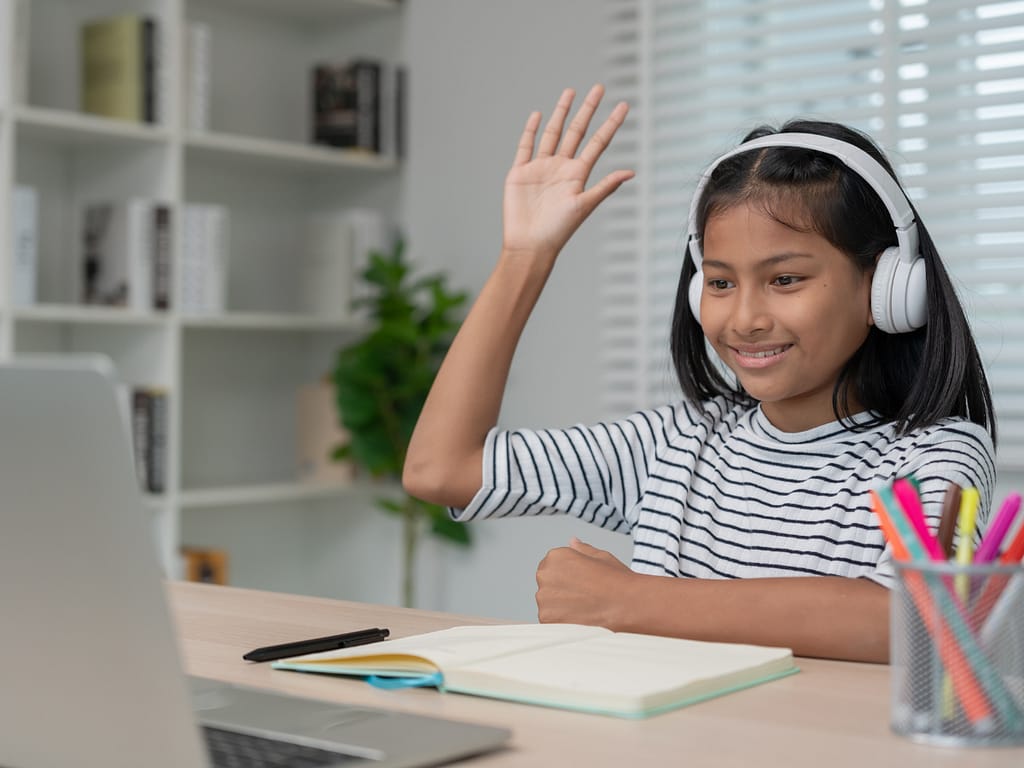
Math, physics, biology, and many other subjects have abstract concepts that require students to use their imagination to see the whole picture.
However, visualizing and understanding how a multi-dimensional universe works might be challenging, even for those with exceptional imagination. Animation can show you the way things work.
Teachers can use it to show the inner workings of a cell or the process of photosynthesis, for example.
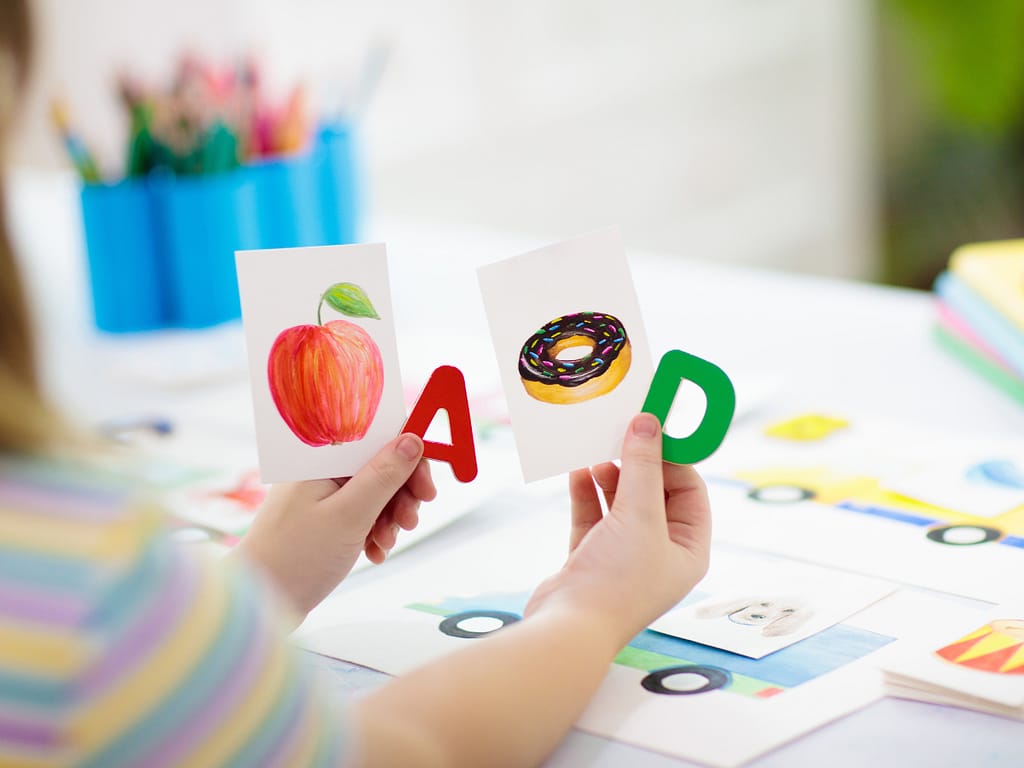
Some students have an excellent visual memory, while others rely on audio explanations more.
Animation can cater to different learning styles:
Moreover, animation can be adapted to suit learners of all ages.
From kindergarten to higher education, animated content can be the magic wand that makes explaining new topics less stressful.
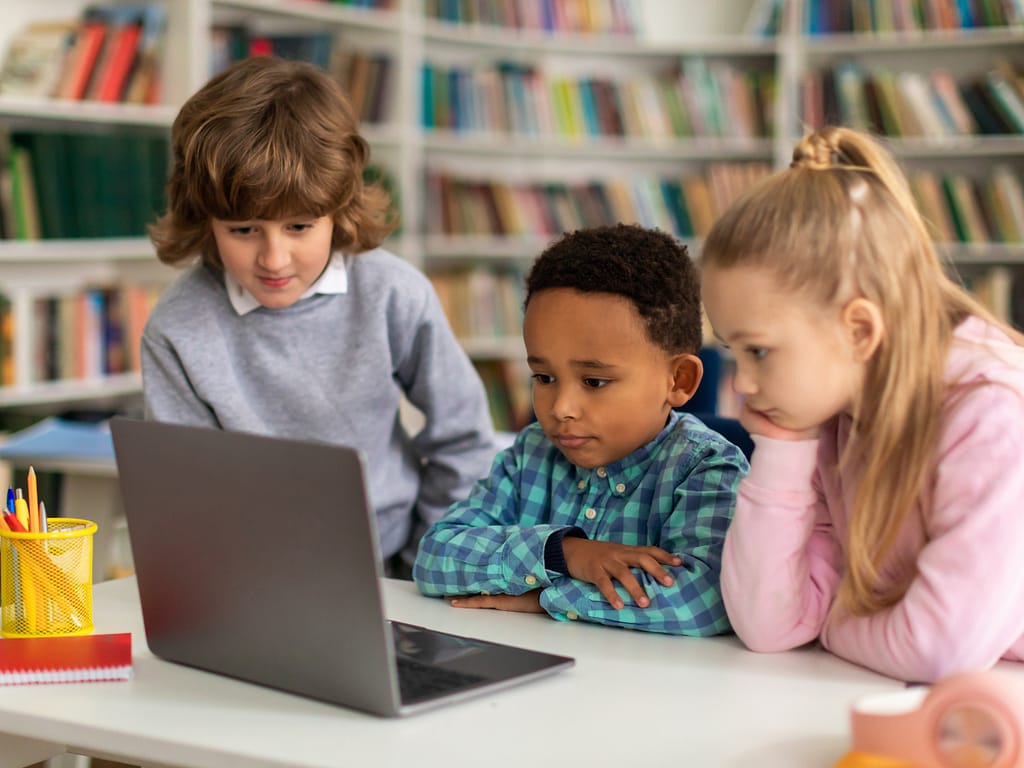
International students often need help understanding complex concepts.
They already concentrate more than native speakers to follow a teacher's thoughts.
On top of that, they need to grasp the complex ideas in their second or third language.
Animation can transcend language barriers through visuals and nonverbal cues.
If international students need help understanding the verbal explanation, they can rely on the visual one.

If all those scientific experiments with exploding volcanos and unexpected chemical reactions seem pretty dangerous to you, animations create a safe environment where you can apply theoretical knowledge in practice.
Such an approach also boosts creativity in students when they
create their own animations.
Students with disabilities can also benefit from animated classes.
Teachers can use animations to provide closed captioning or audio descriptions for those experiencing hearing difficulties.

A better understanding of a topic leads to deep conversations.
Insightful animations that expand learners' horizons can spark discussions and encourage students to think critically about the information they've just received.
Students can form their ideas faster and participate in heated debates in class.
You must continue your teacher's lecture when you are in class.
Animated lessons can be paused, rewound, and replayed at your own pace, allowing you to learn whenever you are ready.
Therefore, if teachers want to avoid using animation in class, they can ask students to watch the videos at home to improve their understanding of particular topics.
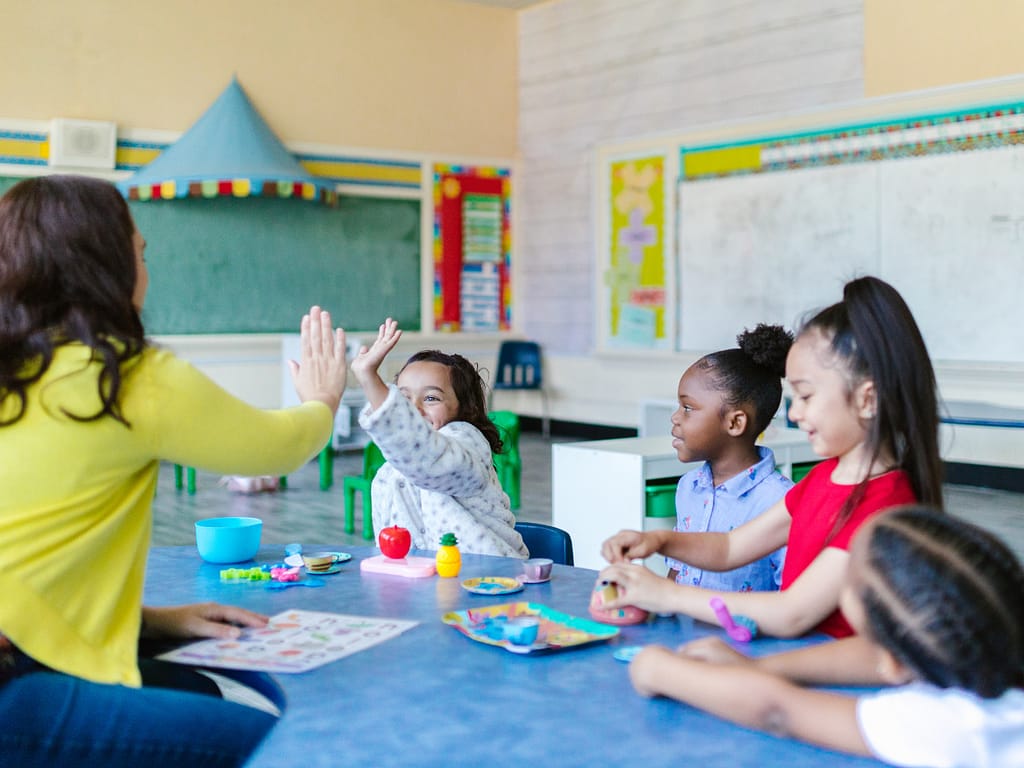
Interactive animations can allow students to manipulate variables, explore different scenarios, and engage with the learning material more actively.
The better you understand the material, the more flexible your engagement in studying becomes.
You are fearless in engaging in conversations and proving your viewpoint.
Having a way to revisit core concepts quickly can be incredibly helpful for students learning from animated educational videos outside the classroom.
Tools that utilize artificial intelligence to summarize videos allow learners to generate concise written summaries of video content.
This makes it easier for them to review lessons, extract key information from complex animations, and reinforce understanding at their own pace.
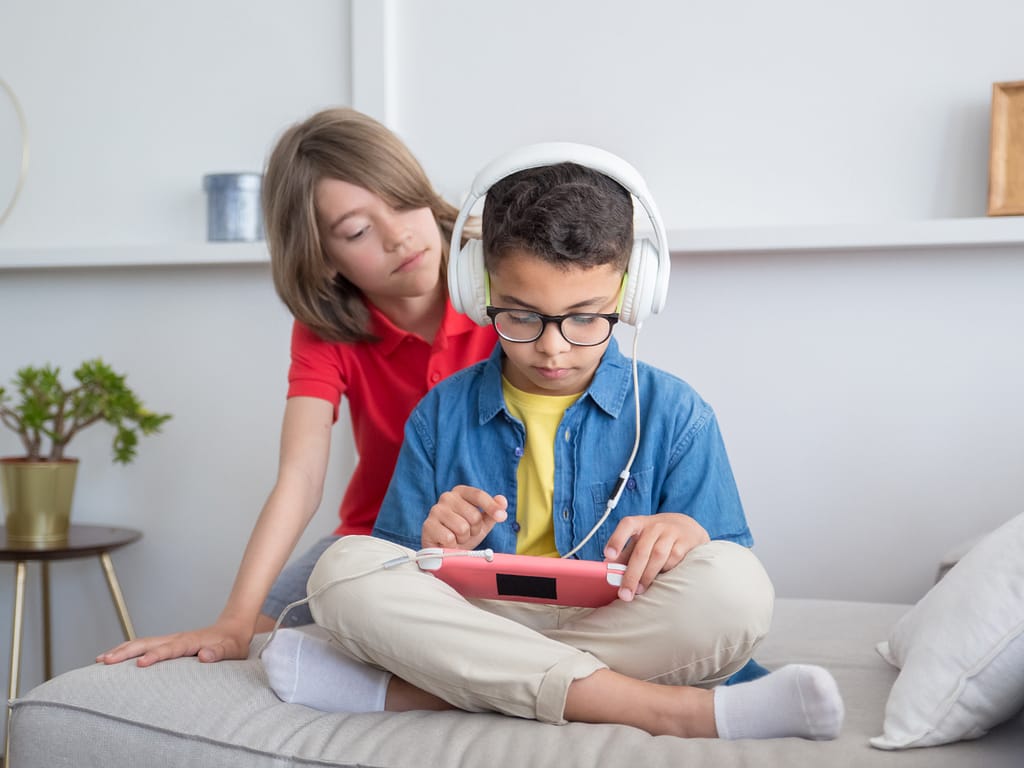
Animation is more than just a tool for creating entertaining videos.
It has become a strategic instrument that educators can use to improve the learning process.
Overall, animation can make learning more fun, motivating students and turning the learning process into something exciting.
It opens endless opportunities for educators to attract students' attention and keep them interested in the material discussed.
In their turn, students visualize complex concepts and engage in profound conversations with their peers in class.